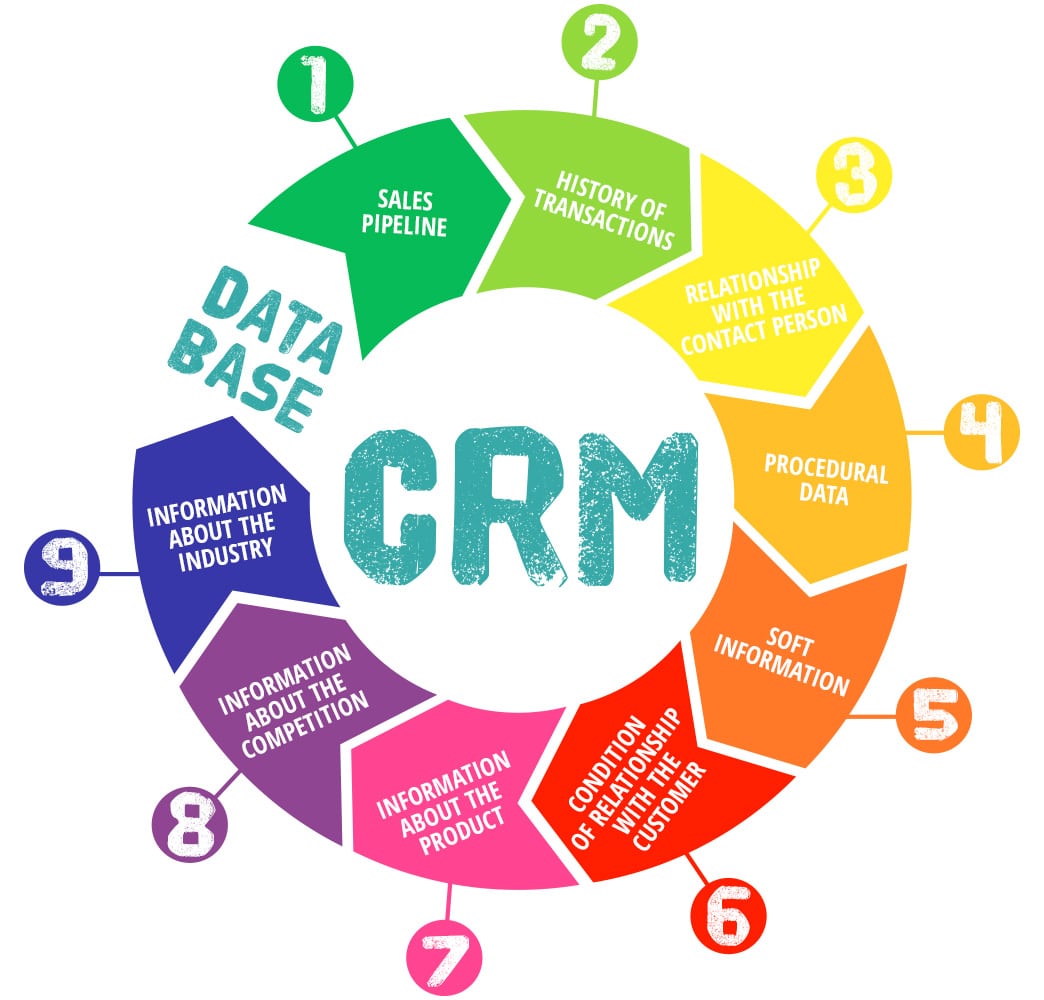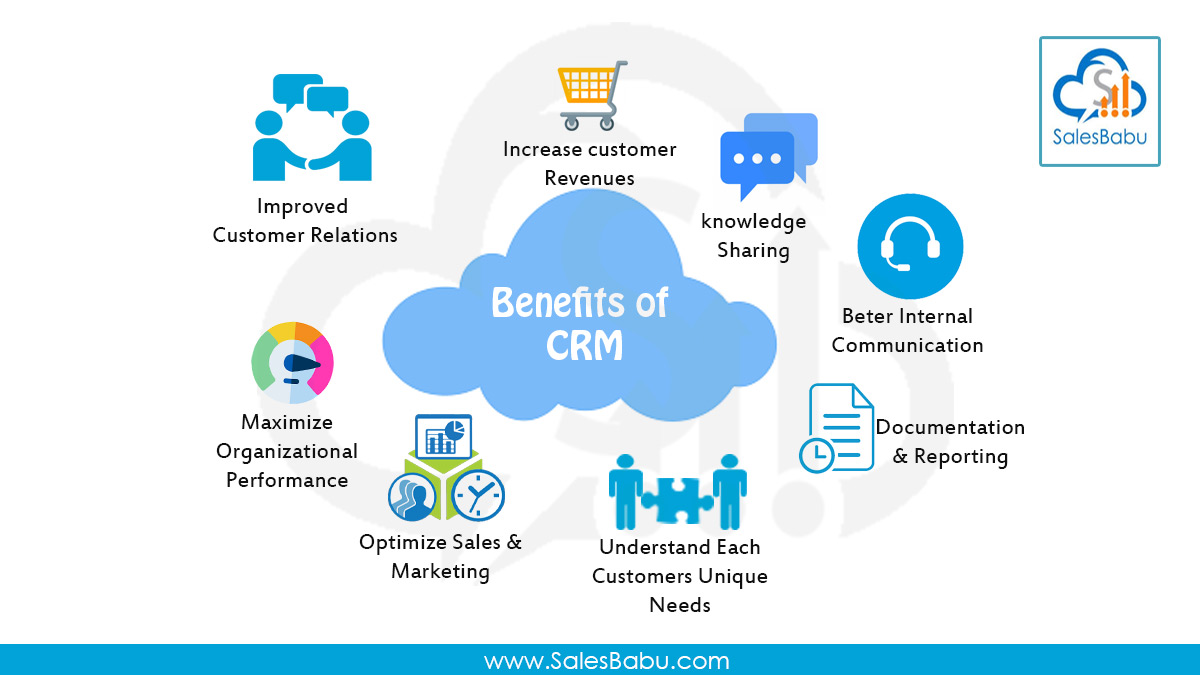Leveraging CRM Data For Better Sales Strategies: Unlocking The Power Of Customer Insights
Leveraging CRM Data for Better Sales Strategies: Unlocking the Power of Customer Insights

In today's fast-paced and competitive sales landscape, having access to the right information at the right time can make all the difference between closing a deal and losing a customer. This is where Customer Relationship Management (CRM) data comes in – a treasure trove of customer interactions, behaviors, and preferences that can be leveraged to inform better sales strategies. Leveraging CRM Data for Better Sales Strategies is no longer just a best practice, but a necessity for sales teams looking to stay ahead of the curve. In this article, we'll explore the ways in which CRM data can be harnessed to drive sales success, and provide actionable tips for getting the most out of your CRM system.
The Power of CRM Data
CRM systems are designed to capture a wide range of customer data, from basic contact information and demographic details to interaction history and purchase behavior. This data can be used to build a comprehensive picture of each customer, allowing sales teams to tailor their approaches to individual needs and preferences. By analyzing CRM data, sales teams can identify trends, patterns, and insights that can inform everything from lead qualification and nurturing to account management and upselling.
Identifying High-Value Leads
One of the most significant challenges facing sales teams is identifying high-value leads – those prospects who are most likely to convert into paying customers. By analyzing CRM data, sales teams can identify the characteristics and behaviors that are most commonly associated with high-value leads. For example, they may find that leads who have visited the company website multiple times, engaged with social media content, or attended a webinar are more likely to convert.
Leveraging CRM Data for Better Sales Strategies: Scoring and Qualification
CRM data can also be used to score and qualify leads, ensuring that sales teams are focusing their efforts on the prospects who are most likely to convert. This involves assigning a score to each lead based on their behavior, demographic information, and other relevant factors. Leads who meet a certain score threshold can then be deemed "qualified" and passed on to the sales team for further nurturing and follow-up.
Personalization and Tailoring the Sales Approach
Another key benefit of CRM data is its ability to inform personalized sales approaches. By analyzing a customer's interaction history, purchase behavior, and other relevant data, sales teams can tailor their messaging, offers, and engagement tactics to meet individual needs and preferences. This might involve using specific language or terminology that resonates with the customer, or offering tailored solutions that address specific pain points or challenges.
The Importance of Real-Time Data

In today's fast-paced sales environment, having access to real-time data is crucial. CRM systems can provide sales teams with up-to-the-minute information on customer interactions, allowing them to respond quickly to changes in behavior or sentiment. This might involve sending a targeted email or making a phone call in response to a customer's social media post or website visit.
Leveraging CRM Data for Better Sales Strategies: Predictive Analytics
CRM data can also be used to power predictive analytics – the use of statistical models and machine learning algorithms to forecast future behavior or outcomes. By analyzing CRM data, sales teams can identify trends and patterns that can inform everything from lead scoring and qualification to account management and upselling.
The Role of Artificial Intelligence (AI) in CRM
Artificial intelligence (AI) is also playing an increasingly prominent role in CRM, enabling sales teams to automate routine tasks, identify high-value leads, and personalize the sales approach. AI-powered chatbots and virtual assistants can help to qualify leads, answer customer questions, and provide customer support – freeing up sales teams to focus on higher-value activities like closing deals.

Leveraging CRM Data for Better Sales Strategies: Integration and Interoperability
Finally, it's worth noting the importance of integration and interoperability when it comes to CRM data. By integrating CRM systems with other business applications and tools – such as marketing automation, customer service software, and sales intelligence platforms – sales teams can gain a more complete picture of the customer, and leverage a wider range of data and insights to inform their sales strategies.
Creating a Data-Driven Sales Culture
In order to Leveraging CRM Data for Better Sales Strategies, sales teams need to create a data-driven sales culture – one that values data-driven insights and decision-making. This involves training sales teams on the effective use of CRM data, and providing them with the tools and resources they need to analyze and act on customer insights.
Best Practices for CRM Data Analysis
So how can sales teams get the most out of their CRM data? Here are some best practices for CRM data analysis:
- Start with a clear goal or objective: Before diving into CRM data analysis, it's essential to define what you're trying to achieve. Are you looking to identify high-value leads, improve conversion rates, or enhance customer satisfaction?
- Focus on the most relevant data points: Not all CRM data is created equal. By focusing on the most relevant data points – such as interaction history, purchase behavior, and demographic information – sales teams can gain a more complete picture of the customer.
- Use data visualization techniques: Data visualization techniques like charts, graphs, and heat maps can help to bring CRM data to life, making it easier to identify trends and patterns.
- Look for correlations and relationships: CRM data often contains hidden correlations and relationships that can inform everything from lead scoring and qualification to account management and upselling.
- Monitor and adjust: Finally, it's essential to monitor the effectiveness of CRM data analysis and adjust your approach as needed.
Conclusion
In conclusion, Leveraging CRM Data for Better Sales Strategies is no longer just a best practice – it's a necessity for sales teams looking to stay ahead of the curve. By harnessing the power of CRM data, sales teams can identify high-value leads, personalize the sales approach, and drive sales success. Whether you're a seasoned sales professional or just starting out, we hope this article has provided you with the insights and inspiration you need to get the most out of your CRM data.
Comments
Post a Comment